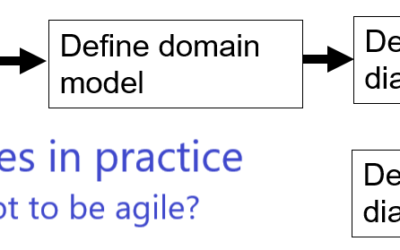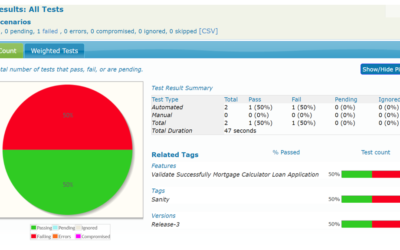Bridging the Gap Between Agile and Pricing
Many organizations have embraced agile methodologies to streamline operations and accelerate value delivery. However, a common challenge arises: the disconnect between the value creation activities fostered by agile practices and the value capture mechanisms essential for successful go-to-market strategies.
Traditional Pricing Limitations
Traditional pricing strategies often rely on rigid and outdated methods that struggle to keep pace with dynamic market conditions and customer expectations. This misalignment can hinder sustainable profitability.
The Disconnect Between Strategy and Execution
The root of this disconnect lies in a misalignment between strategic decisions, product development, and the value exchange with customers. Upstream, strategy and product development often operate in silos, with pricing and sales considerations coming into play too late. Downstream processes can be cumbersome and resistant to the changes required by advanced pricing models, stifling the ability to implement dynamic pricing strategies.
A Holistic Approach to Value Creation and Capture
To bridge this gap, organizations need a holistic approach that connects value creation activities with value capture mechanisms. By focusing on both the upstream and downstream aspects of the product lifecycle, companies can ensure that pricing strategies are aligned with strategic goals and effectively capture value from customers.
Key Elements of a Successful Approach:
- Systems Thinking: Understanding the interconnectedness of various components within an organization.
- Holistic Value Mapping: Visualizing the journey from value creation to value capture.
- Cross-Functional Collaboration: Ensuring that pricing is a core component of the product development process.
- Dynamic Adaptation: Evolving pricing models to meet market demands and customer expectations.
- Value-Driven Decision Making: Making pricing decisions based on data and customer insights.
Leveraging Agile Principles for Pricing Success
Agile methodologies can provide a framework for implementing a more dynamic and customer-centric pricing approach. By embracing principles such as iterative development, continuous improvement, and collaboration, organizations can:
- Respond to market changes more quickly: Agile practices enable organizations to adapt pricing strategies in response to changing market conditions.
- Involve customers in the pricing process: Agile methods can facilitate direct customer feedback, leading to more informed pricing decisions.
- Experiment with different pricing models: Agile approaches can support experimentation with various pricing models to identify the most effective strategies.
By adopting a holistic approach that integrates agile principles with effective pricing strategies, organizations can bridge the gap between value creation and value capture, driving sustainable growth and profitability.






0 Comments